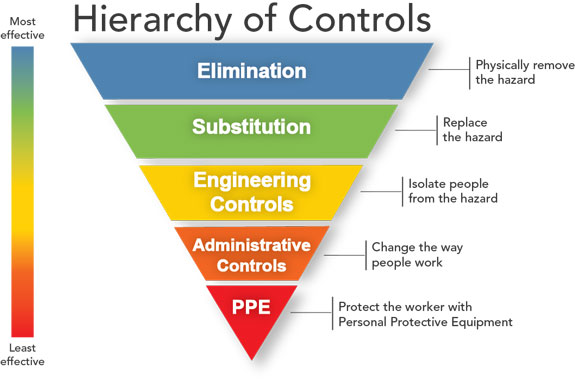Engagement, Good Goals Aid in Creating Safety Culture
A team environment among all levels of staff that adheres to the same safety procedures and practices must be in place in order to create a safety culture that will prevent workplace accidents and injuries, said Vik Ramaswamy, risk control manager at Safety National.
During a recent webinar hosted by the workers’ comp insurer titled, Effectively Establishing & Maintaining a Safety Culture, Ramaswamy emphasized that a culture of safety cannot be established with just a few simple policies and procedures.
Some roadblocks that can hinder the creation and sustainability of a safety culture include:
- Bias confirmation – Seeking out information that confirms one’s preconceptions, also known as selective hearing.
- A sense of normalcy – The belief that since an incident or injury hasn’t occurred yet, it won’t ever occur. There is a refusal to plan for or react to a particular type of incident or injury.
- Risk compensation – Taking greater risks when perceived safety increases.
Ramaswamy outlined the essential components of a quality safety culture and how to get employees to embrace it, referencing a hierarchy of controls chart available at cdc.gov/niosh/topics/hierarchy. The chart maps out how effective safety controls are to assist organizations in developing effective safety programs.
 He offered five characteristics of a quality safety culture:
He offered five characteristics of a quality safety culture:
- Measurable goals and clear accountability.
- Management commitment.
- Employee engagement.
- JHA and investigations (job hazards analysis and root cause analysis).
- Policies, procedures and training.
Ramaswamy outlined a number of ways to persuade employees to adhere to and advocate a safety culture. These include the following:
- An organization must have common safety goals. Many focus on lagging indicators measuring failures, like workers’ compensation costs and lost workdays. Better goals use leading indicators. These precede injuries and offer a measurement of prevention. Example: Audit performance after safety training, results can be used to measure benchmarking success.
- There needs to be full commitment by company leadership. “Safety complements productivity and profitability,” said Ramaswamy. Leadership engagement can be accomplished by having management involved in safety audits and safety meetings.
- Employee engagement – This is the “greatest challenge”, according to Ramaswamy. Communication is vital. It’s important for employees to have a voice. They should be trained on hazards and empowered to report them anonymously. Management participation should be mandatory.
- JHA/Investigations – What are the hazards? Focus on clear cause and effect.
- Policies/Procedures – These should be easy to understand, multilingual, in writing and specify non-compliance consequences. Benefits of training should be described for workers, customers and organizations. Identify risk or compliance, violations and leading losses.
Finally, Ramaswamy recommended accountability through recognition. He suggested organizations avoid rewarding lagging indicators – like celebrating injury free days – because this inadvertently promotes not reporting injuries. Rather, he suggested celebrating leading measures.


 He offered five characteristics of a quality safety culture:
He offered five characteristics of a quality safety culture: